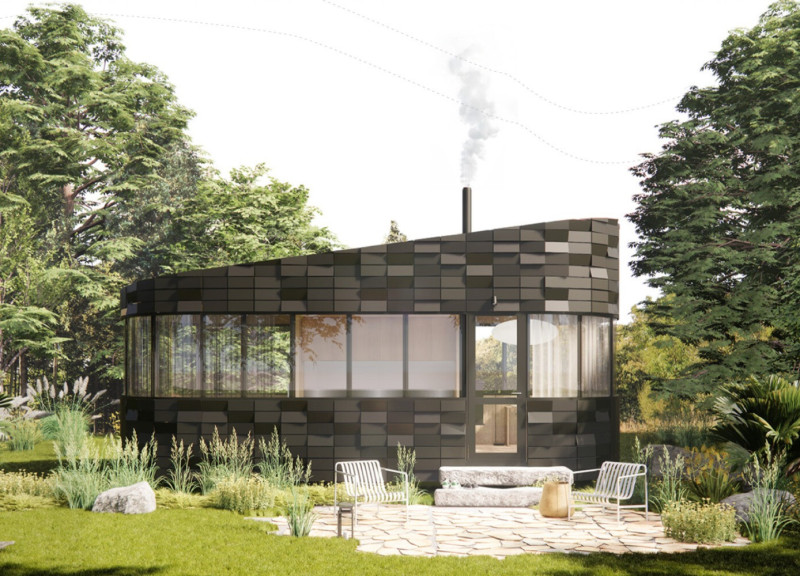5 key facts about this project
At its core, the project serves a multifaceted function, providing spaces that cater to a diverse group of users. It is designed to accommodate communal activities while offering intimate areas for reflection and privacy. The clever organization of public and private areas reflects a keen awareness of user needs, allowing for fluid interaction while maintaining necessary boundaries. This duality is achieved through a series of interconnected spaces that flow seamlessly from one to another, enhancing the overall user experience.
A standout feature of the design is the emphasis on natural light and ventilation. Large windows and thoughtfully placed openings invite daylight into the interior, creating a dynamic interplay between light and shadow throughout the day. This design approach not only enhances the aesthetic quality of the spaces but also contributes to energy efficiency, minimizing the need for artificial lighting during daytime hours. The connection to the outdoors is further emphasized by the integration of landscaped areas that extend the living space outside, blurring the boundaries between the interior and exterior.
In discussing materiality, the project employs a careful selection of sustainable materials, reflecting a commitment to environmental stewardship. The use of locally sourced timber, reclaimed stone, and energy-efficient glass contributes to both the structural integrity of the building and its overall ecological footprint. Each material is chosen not just for its performance characteristics but also for its aesthetic qualities, ensuring that the building resonates with its context. The textures and colors of the materials create a warm, inviting atmosphere that enhances the overall user experience while firmly rooting the project in its locale.
Unique design approaches are evident in various aspects of the project. The incorporation of sustainable technologies, such as solar panels and rainwater harvesting systems, demonstrates a forward-thinking attitude toward energy consumption and resource management. Additionally, the layout of the building fosters a sense of community by including shared facilities that encourage interaction among users. This communal aspect is further enhanced by flexible spaces that can adapt to various functions, allowing the building to evolve over time alongside its users.
The architectural design encapsulates a thoughtful response to its environment, showcasing a blend of modern aesthetics and practical considerations. Every detail has been meticulously planned, from the scale of the building to the finishes used, reflecting a coherent design language throughout. This project thus serves not only as a physical entity but as a social and cultural hub, inviting engagement and fostering a sense of belonging among its users.
To fully appreciate the depth of this architectural endeavor, readers are encouraged to explore the project's presentation for more detailed insights. Delve into the architectural plans that illustrate the spatial organization, or examine the architectural sections that highlight the building’s interplay with light and its structural innovations. By reviewing the architectural designs and ideas presented, one can gain a deeper understanding of how this project successfully marries form and function, creating a valuable addition to its environment.


























